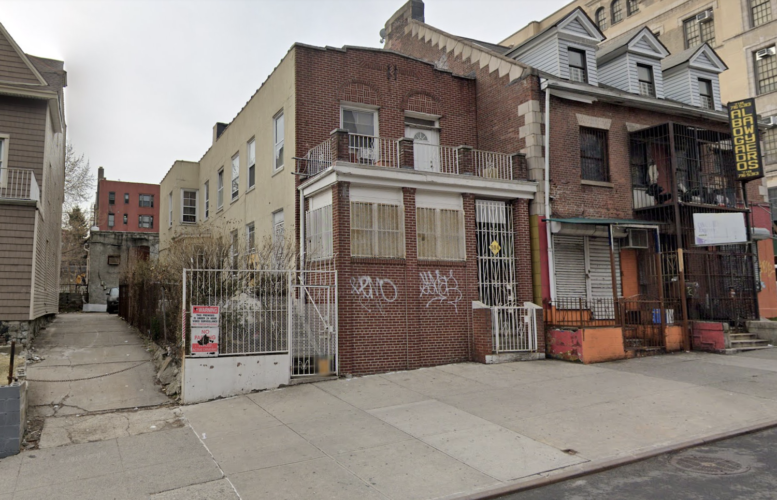
State-Moderated Listening Sessions to Explore Youth Mental Health Issues
Youth Mental Health and Wellness Summit to Advise Future Policy
Recommendations; Coincides with Mental Health Awareness Month in May
Initiatives Build on the Governor's $1 Billion Plan to Overhaul New York State's Continuum of Mental Health Care
Governor Kathy Hochul today announced a statewide series of listening sessions and a spring summit aimed at exploring the issues impacting the mental health of youth throughout New York State. Together, these initiatives will build on the Governor's $1 billion plan to overhaul New York State's mental health continuum of care and provide an opportunity for experts to advise state leaders on future policy recommendations to improve youth wellness.
"As New York State's first female governor and the only mother to hold this office, I'm deeply disturbed by recent reports on instances of teen depression - especially following the isolation and uncertainty of the COVID-19 pandemic," Governor Hochul said. "It's time we put the mental well-being of our youth at the forefront and listen what they're going through to gain a deeper understanding of this issue and meaningfully address the problems young New Yorkers face."
Coordinated by the state Office of Mental Health and the Office of Children and Family Services, the listening sessions are expected to be scheduled throughout the state this Spring. Each session will be moderated by representatives from these agencies and will involve a cross section of school-age youth from each host community.
Governor Hochul will also convene a Summit on Youth Mental Health and Wellness in May, coinciding with Mental Health Awareness Month. The summit will bring together youth and parents with a broad array of subject experts from the mental health, education, technology, and law enforcement fields to discuss the challenges and opportunities impacting the well-being of our youth, including the role social media plays in their lives.
The Governor launched these new initiatives by hosting the first listening session with teens at the New York State Psychiatric Institute. Teens participating from schools in New York City were asked to discuss how the pandemic impacted their mental health; the evolving role social media has played in their lives; how schools can promote wellness among their students; the types of mental health programs they could envision helping them at school; and the advice they'd give to their peers struggling with mental health issues. Last month, the U.S. Centers for Disease Control issued its Youth Risk Behavior Survey, which found alarming mental health trends among school-aged youth between 2011 and 2021 - especially among teen girls. Nearly a third of teen girls seriously considered attempting suicide in 2021, an increase from 19 percent the prior decade; about three in five felt persistently sad or hopeless in 2021, which was twice the rate of teen boys and represents a nearly 60 percent increase over the rate recorded in 2011.
The report also found that youth from marginalized populations are more likely to suffer mental health issues: More than half of LGBTQ+ students expressed having poor mental health, with one in five reporting having attempted suicide in the past year. Suicide attempts were also elevated among Black youth when compared to White youth, according to the report.
Among the investments included to help youth, Governor Hochul's budget provides $30 million to expand mental health services for school-aged children throughout the state, including $20 million for school-based mental health services and $10 million to implement wraparound services training, and $8.3 million for new and existing school based health centers. Additionally, the budget includes $10 million to strengthen suicide prevention programs for high-risk youth.
The budget provides $18 million over two years to reimburse providers for family preventive mental health services for parents and their children; and $24 million over two years to reimburse providers for adverse childhood experience screenings. The Governor's budget also builds on investments in the FY 2023 Enacted Budget, including $12 million allocated for the HealthySteps and home-based crisis intervention programs to promote early childhood development and treatment for children and teens; and $3.1 million to bolster treatment for individuals with eating disorders.
Governor Hochul also proposed a measure that will prohibit insurance companies from denying access to medically necessary, high-need, acute, and crisis mental health services for both adults and children. In addition, the Governor has advanced legislation to close gaps in coverage for behavioral health services to improve the well-being and success of individuals after they leave hospitals or emergency departments.





